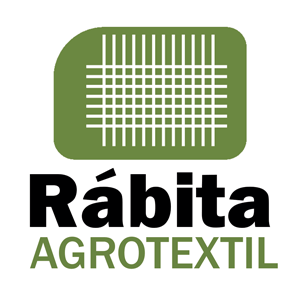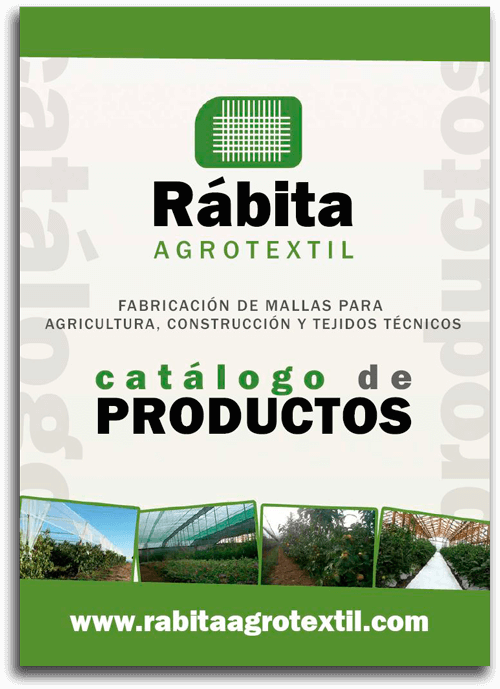Despite the heat of July, there are seasonal crops that are starting to be planted now. But what is the ideal temperature and humidity for indoor cultivation at this time of year? It is essential to know these two characteristics in order to know what to plant and how to plant it. In July, the planting of crops such as tomatoes, peppers and zucchini begins, in which it is very important to maintain an adequate temperature for their development.
When the sun evaporates water from the soil and favors plant evapotranspiration, this can become a real problem for potted plants, where water retention capacity is lower. However, it extends to any type of plant, tree or fruit, because if the water evaporates the roots stop absorbing the necessary amount of nutrients, hindering their growth and development.
What to do to improve the ideal temperature and humidity in indoor growing
Depending on whether we want to improve the
ideal temperature and humidity in indoor cultivation
in plantations that are in pots or in soil, we will take some measures or others:
In pots:
- For this type of planting, it is best to water several times a day to avoid water evaporation. Depending on where it is located, whether in the garden or in the orchard, we will use one type of mesh or another. In the first case, we will opt for a
gardening mesh
and, in the second,
by a shading mesh
.
In orchard:
- It has been proven that the best solution in the summer months is not to water many times a day, but to water once deeply so that the water does not remain in the surface layer and to install a perforated PVC pipe in the areas that need more water. In addition, the installation of a
shading netting
will prevent water from evaporating quickly.
In each season, crops have different needs to which we have to adapt in order to achieve maximum performance. For example, in hot months such as July, it is highly recommended to use an agricultural net of shading to protect the crop from direct sunlight and help maintain humidity. In cold months and in adverse weather conditions, the tights can be used for
windbreaker
o
anti-hail
are the most common to prevent the fruit from being damaged by wind, rain or hail. These agricultural nets, in addition to protecting the crop, are very useful to maintain the temperature and humidity that the crop needs to grow and maintain all its properties.



